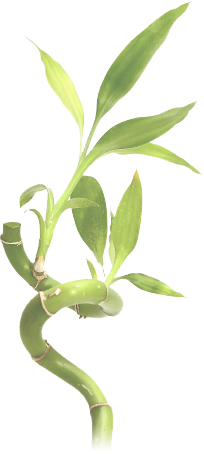The Sake Brewing Season Begins
Posted by bmountain | Posted in Sake | Posted on 18-10-2009

Hakutaka, “White Falcon,” Brewery founded in 1862
Fall in New England is my favorite time of year. The temperature is perfect for outdoor activities like hiking and mountain biking, soccer season starts and I can watch my kids remember how to kick the ball again after a crazed summer of trips and vacation, but most of all I love fall because it’s the beginning of the sake brewing season.
Seasonal events involving alcohol are a cause for celebration around the world. I’ve experienced this in Munich with Octoberfest, joining tens of thousands of Germans in huge tents drinking enormous steins of beer (worst hangover of my life the next day). In the Burgundy region of France I spent an amazing weekend drinking some of the best wine I’ve ever had while the area came alive with the excitement of the harvesting of the grapes (second-worst hangover of my life). Unlike Bordeaux where the vineyards are huge, in Burgundy grapevines are crammed into every nook and cranny and you’ll see backyards with grapevines set up to exploit every square foot of available space. The harvest there takes on a special feeling as the activity is occurring literally in and around the houses as well as the vineyards. My friend Rick of Swedish descent regails us all with tales of Glug, some kind of concoction from the northern climes that is extremely popular in Scandinavian homes during Christmas.
In Japan the saké brewing season begins in October. While a few of the larger breweries produce sake all year, most shut down for the spring and summer and the fall is a time to begin the process again. Saké is best produced in cooler temperatures and since most brewers don’t have the equipment to manage this in the hotter summer months, they make their saké from October to April.
This is a tradition that has been going on for hundreds of years. In feudal Japan the shogun issued an edict that saké could only be brewed after the autumn equinox. Since rice was used as a form of currency, after the harvest farmers would pay their taxes to the shogun in rice. Rice farmers would then take what was left over and use their non-farming down-time months to brew saké. In the spring they would go back to farming and the breweries would shut down until the following October when the cycle would begin again. This same dynamic exists today where most of the workers involved in the saké brewing process are farmers who need work during the off-season.
Saké breweries today are going through an interesting change as a newer generation has entered the workforce and is learning the art. These new workers are mostly locals who, unlike the migrant farmers, can go home after work and sleep in their own beds. Saké brewing is hard work and the old guard believes in paying your dues and they make it hard on the newer workers. Additionally more and more women are entering the field which has increased the pressure by the older more established brewers. There are many cases of newer workers quitting in frustration over the working conditions but the ownership of these breweries is also turning over to the next generation of 30-something western-educated managers who understand the need for a change.
The kickoff of the season begins with cleanup of the facilities and complete sanitization of the equipment. If you’ve ever been to Japan you can only imagine how maniacal this process must be. Then the rice is polished, and finally the first batches of saké are produced. Brewers generally start with the lower grade sakés and switch to gradually higher grades as the temperature drops. By January or February the producers are brewing their ultra-premium Junmai sakés.
The native religion of Japan is Shinto and you can see the extent by which saké is ingrained in the national psyche when each October a Shinto priest is invited to the shrine that exists at each saké brewery. The entire company gathers for a ceremony to pray for the upcoming saké season.
I chose to celebrate the opening of saké season with a delightful, full-bodied Junmai Ginjo. Ichishima Junmai Ginjo is a dry saké (SMV +4) that like their Genshu opens a bit on the rough side but smooths out quickly and opens up with complex floral notes and gives way to a creamy, light body. I could see this going with Asian cuisine such as sushi or pad thai, or even turkey or a cheese course. Naturally it was a Friday night so my pairing was pizza and I must say it was an excellent combination. The saké improved as it opened and when I finished the evening with a cigar all was good with the world.
Ichishima Junmai Ginjo
Brewery: Ichishima Shuzo
Region: Nigaa, Japan
Rice: Gohyakumangoku
Rice Milling Rate: 50%
SMV: +4
Alcohol: 15%
$34.99 at Fresh Pond Liquors, Cambridge Massachusetts


